With the US authorizing the transferring of anti-tank and anti-aircraft weapons from NATO countries to Ukraine to begin to set up military defenses against a Russian attack, the argument over the fate of Ukraine due to Russian President Vladimir Putin’s agenda enters a new and far more dangerous phase.
The development is scary enough that both sides have begun to call for a pause in the tension, to assess the situation and hopefully diffuse it. It will take a great deal of creative diplomacy and vision to do so, because the situation in Ukraine goes far deeper into the psyche of the European continent than the tensions of the moment.
Mr. Putin’s Bad Poker Hand
I’m going to be frank in saying that Russian President Vladimir Putin isn’t the great chess player many in the West credit him with. In fact, he’s an awful poker player. The fact of the matter is that he’s playing with a bad hand. He’s gone all-in on a bid to rebuild the former greatness of the Soviet Union, but that’s a pipe dream, a domestic politics campaign story, and deep down I’m quite sure Mr. Putin knows this.
Russia’s GDP is a mere $1.483 trillion in 2020. That’s smaller than the Western European nations of Italy ($1.886 trillion), France ($2.603 trillion), Germany ($3.806 trillion), or the U.K. ($2.708 trillion). Russia’s economy is also smaller than Canada ($1.643 trillion), India ($2.623 trillion), or the State of California ($3.0 trillion).
The numbers speak clearly. While Russia can start a war, it cannot finance a prolonged conflict. That would take too much money. Mr. Putin’s strategy is a grand bluff. It relies on nations west of the Russian border with Ukraine caving to his demands. That’s unlikely to happen.
It’s a rogue strategy that, personally, I compare more closely to the immature demands for concessions by North Korea and Iran, than a country that in my view, deserves better stature and certainly held to higher standards of composure.
Come on Mr. Putin. You have a country with a GDP that should rightfully be a peer and partner with your major EU neighbors. They deal with you economically. You don’t play well with them culturally because of the Fisher wound in your heart that the Soviet Union lost so much when the Cold War ended. But that’s the past, sir. Your country isn’t part of their New Europe club, and it needs to be.
Bitter Advice
What’s the prize for this little adventure? Ukraine and its meager $155 billion GDP. Despite the “one people, one economy” story of the Russian leader, this is not the “return to greatness as an economic power” remake of the Soviet economy that Mr. Putin wants as his narrative. It’s an economic blip.
Objectively, I’d advise against gobbling Ukraine on purely self-interest grounds for Russia. It will have too many negative economic consequences for the Russian Federation. Russia will become more isolated. That will lead to further dragging down an already ailing domestic economy.
Mr. Putin knows all too well that the finances of many of the states inside the Russian Federation are dismal. He also knows that his country’s being organized around oligarchy governance is incompatible with Western Europe’s economic co-dependency culture.
It’s time to bust myths and recognize that Mr. Putin has spent years working himself into his own finger trap, and his ability to change direction for his nation is now limited by his own inertia.
But for the good of Russia, the only way forward is to abandon the fantasy of a Russian Empire equal in stature to Western Europe.
Returning to Olde Europe
We in the United States tend to lack a perspective on history that predates 1776. It got us into trouble in Afghanistan. And now it could get us into trouble in Europe.
What’s going on with Ukraine isn’t about western values, NATO, or America. It’s about the very nature of how cultural tensions and economic interests in Europe have been resolved since the Hundred Years War ended in 1453.
It was a war that began in the Middle Ages. It left the landscape decimated. In its aftermath, there came a pattern of tiny wars, “minuet” conflicts, in Europe that spared the infrastructure, even as lines of borders shifted in a long series of safety valve wars. It was a less destructive way for the elites to squabble. Most of the time, outcomes were negotiated with little or no change in borders. It was a conflict template that kept relative stability for five hundred years.
These squabbles were interrupted in the 20th Century, when the post-industrial revolution brought total war back to Europe. World War II was devastating. At the end of the war, to prevent it from happening again, the Allies, despite some very deep differences, created a complex system of power balances designed to deter anyone from thinking about actually going to war again. Superpowers were declared. Teams were chosen, in some cases by compelling them to join a side. An era of global stability based on polarity and deterrence was created that lasted for half a century.
And then the European Union was born. This demobilized the need for a Cold War and began a process that has been returning Europe to its minuet squabbles state. The European landscape of the previous 500 years is restoring itself in the form of a growing network of interconnections among an elite club of $1 trillion to $5 trillion GDP nations.
Notably missing from this club is Russia. It’s become the last nation trying to hold onto the temporary fix after World War II. The rest of Europe is moving back to where it’s been comfortable since 1453.
Former Warsaw Pact nations like being part of this return to Olde Europa and are not of a mind to feel the breath of the Soviets on their borders again. They like the western reaches of the Steppes being buffers from the tank armies. It’s soothing. They’ll be willing to engage in a long and expensive siege to keep that sense of security.
And again, wars cost money. Putin doesn’t have the money to pay for a siege. If he invades, Russia will be engulfed in a morass that will make the 20 years of muddle of the US in Afghanistan look small. Mr. Putin knows this. He’ll go broke. And his country and its people will suffer yet more ruin. He knows that the world realizes this is what the chessboard looks like, too. I cannot imagine this bleak future is what Mr. Putin wants.
How Can the US Be Constructive?
America was a member of the global alliance that created the tensions of the 20th Century. We are also still mentally demobilizing, which is why we still see the Russians as Soviets.
But we are outsiders. Europe’s future belongs to the indigenous peoples of the region and their ability to get along. Still, we can be helpful by being an advocate to make Club Europa more inclusive.
Don’t get me wrong. The reason for the United States to do this is purely out of self-interest. We need a stable and sizable trading partner throughout Europe to stabilize the future of our own country. The USA’s economy needs vast markets and counterparties across both the Atlantic and Pacific Oceans to flourish. How we help create these trade conditions is vital to our national interest.
Creating a future that returns all the peer $1 to 5 trillion GDP countries to “minuet stability” Europe, including Russia, would be, in my view, a worthy goal as the next step in demobilization from World War II. Getting Europe back to carrying on with another five hundred years of regional stability is a vital priority to work towards.
I suggest to all policy analysts and world leaders that, while it is a daunting suggestion to put to a very prideful man, what Vladimir Putin really needs for Russia is to bring his country back into the club of nations. I don’t think he can turn this corner by himself. He needs help getting out of his own way.
It’s awfully hard for other European peers to invite Russia back into the alliance. These countries have been playing hill and valley power games with each other since 1945. And their future together will mean having to revisit old wounds that go back to the Middle Ages as part of creating their next version of the future. But I think it’s worth the effort.
I also think that the United States can be immensely helpful in this regard. We had the chance to do this once before. At the end of the Cold War, as the Soviet Union was cratering under the weight of an expensive military machine that was no longer needed, there were advocates in the United States that suggested the best way to stabilize Europe was to help the Confederation of Independent States to find solid economic footing. It did not happen, which is why we have the troubles with Russia we are having today.
But it’s never too late to set things back on a path to peace. The US can be Russia’s advocate, if Mr. Putin is willing to set aside his Soviet fantasy, to facilitate its return to the community of peers of post-Hundred Years War Europe.
The conditions would be tough. Taking a lesson from the West’s debacle in Afghanistan, lingering corruption and autocracy models would have to be replaced by systems more compatible with the rest of Europe. That’s the only way for true regional stability to flourish.
It would have to be Mr. Putin’s greatest act of love for his country to alter course in this more promising direction. It will highly likely mean the end of his era, and the beginning of the next phase of Russia’s history. This ask for the good of humanity is very deep. It is not unlike asking his predecessors to “tear down this wall.”
Can this happen? With very great difficulty. But those of you reading this who understand the meaning of the title I am quoting, “Getting to Yes” has never been easy.
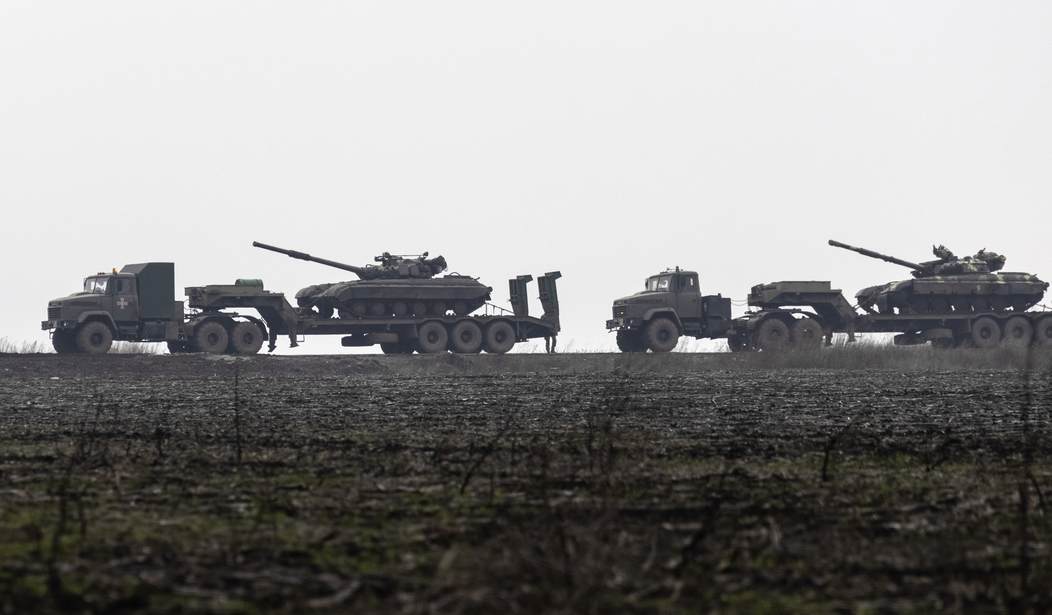

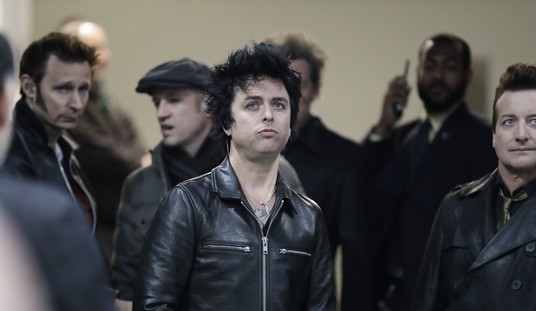

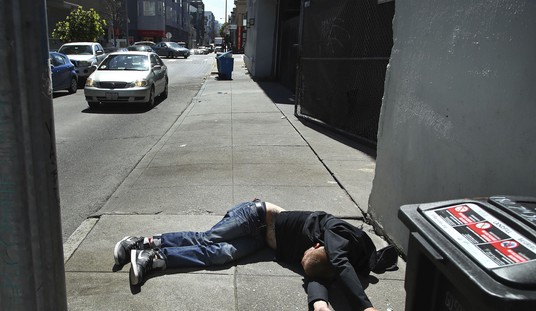
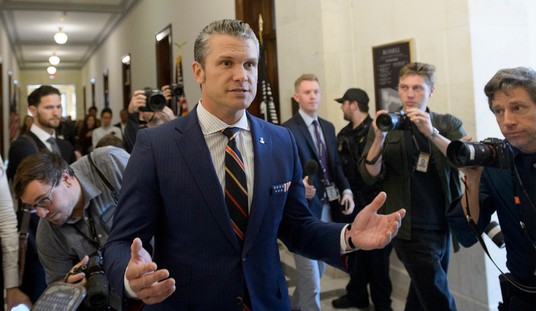
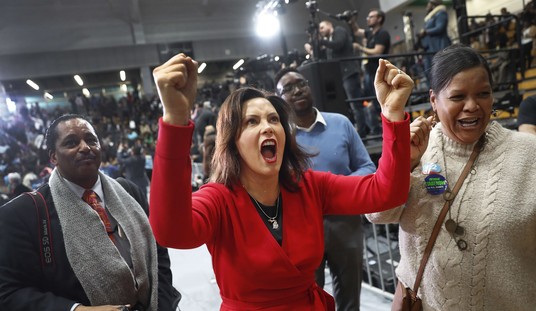

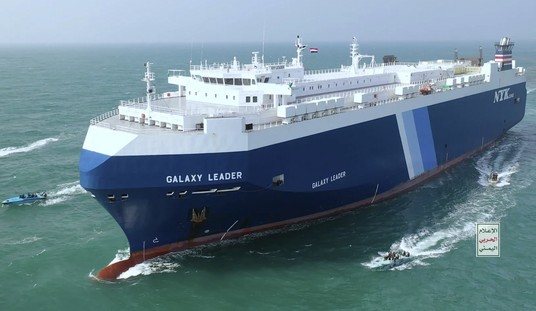



Join the conversation as a VIP Member